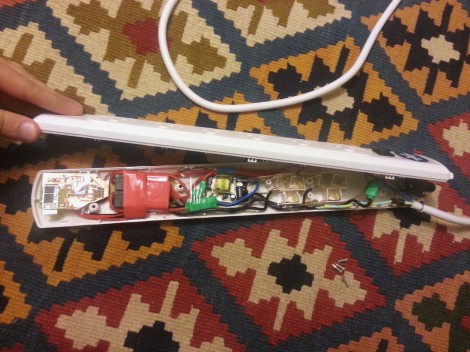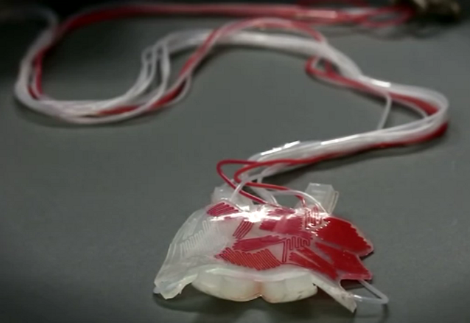
[Markus Bindhammer] recently made a discovery while conduction chemistry experiments in his home lab. Ascorbic acid can be used to detect the presence of Vanillin. The reaction starts as a color change, from a clear liquid to a dark green. When he continued to heat the mixture he ended up with the surface crystallization seen above.
Vanillin is an organic compound which you will commonly find in vanilla extract, with the synthetic variety being used in imitation extract. Ascorbic acid is a type of vitamin C. When [Markus] first observed the color change he though it could be due to metallic contamination, but running the experiment again without the use of metal tools or probes, produced the same result.
You can see in the clip after the break that it doesn’t take long to turn green. The vanillin must be heated to 130 degrees C before adding the ascorbic acid or the color change will not occur. He believes this can be a reliable way to detect the presence of Vanillin in a substance.
Continue reading “Vitamin C Used To Detect The Presence Of Vanillin”
















